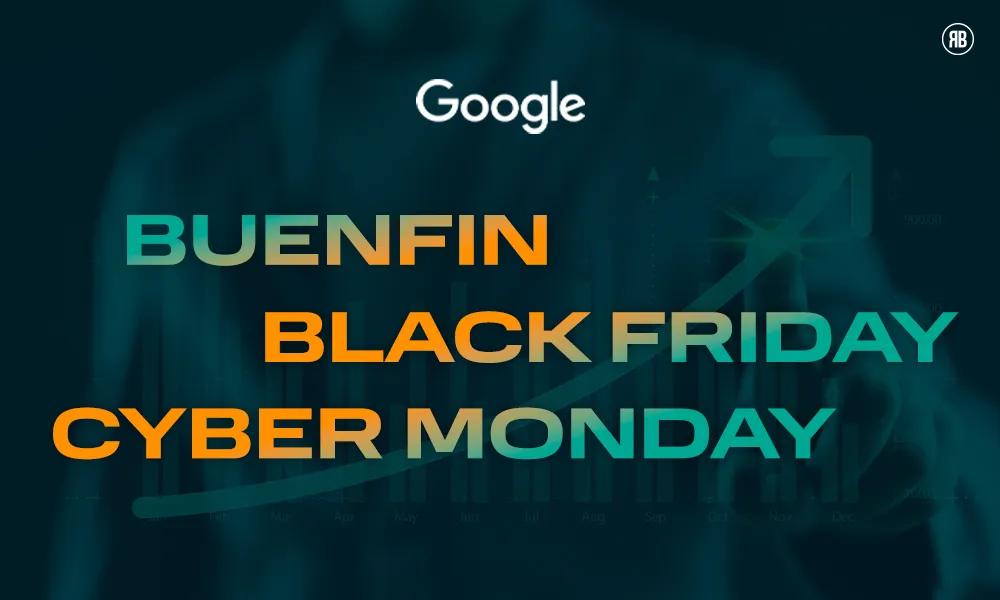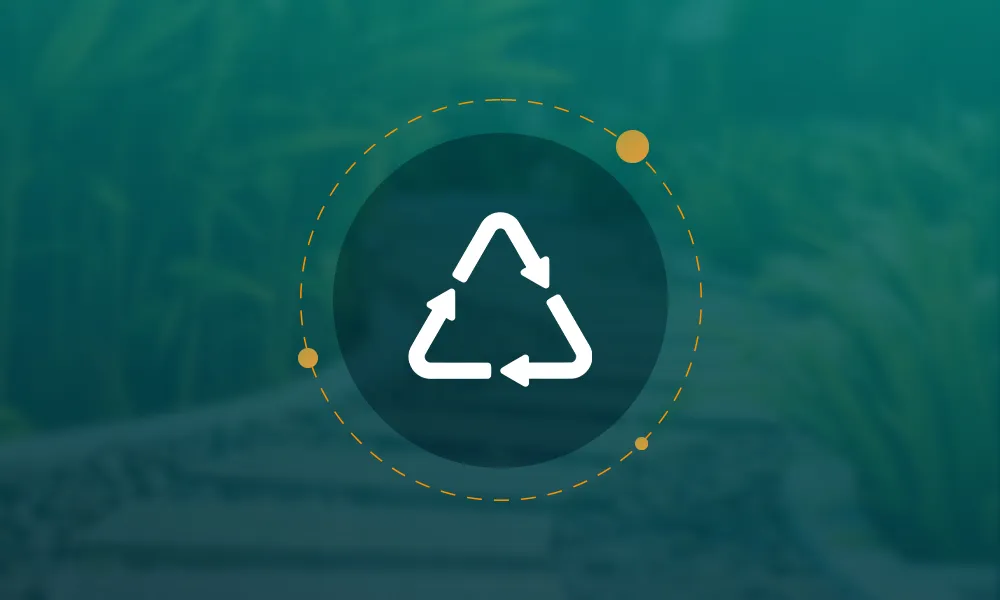What are users looking for? Keys to understanding and mastering demand peaks
news
November 7, 2025

We are approaching a period packed with major sales and discounts that mark the beginning of the holiday shopping season. To maximise conversion during these days, it is not enough to simply offer the lowest price or the biggest discount; it is essential to understand how, when and why consumers search, so you can anticipate the demand peaks generated during this period.
In our recent webinar with Google, Diego Ruiz, Strategic Agency Manager, shared exclusive insights into search behavior in Mexico, Colombia and the United States, comparing trends with the previous year and projecting opportunities for 2026.
Trends that are redefining the game
Buen Fin goes digital, but Black Friday is accelerating faster
Online sales during Buen Fin grew 24% YoY, with 70% of visits coming from mobile. However, searches related to Black Friday and Cyber Monday grew even more (+10% YoY), consolidating their relevance in retail. Consumers are more open than ever to try new brands: 60% have already done so in the 2024 season!
Longer, more personalised searches
Searches with more than 6 words are growing 13 times faster than short ones. This reflects an evolution towards a more natural, complex and personalized search. Example: "How can I get the biggest discount with my bank?" is more common than simply "bank discounts".
3. Travel lead time: anticipation and strategy
In Mexico, 50% of buyers plan to travel between 3 and 6 months after booking. This opens a strategic window to capture demand in early, especially in categories like travel packages and accommodation - a priority for Gen Z and where the average spend exceeds $12,000. On the other hand, we must take into account that, more than 1 month before these key shopping dates, 23% of users are already researching, rising to 34% among Gen Z, so it is important to anticipate this demand by creating expectations and communicating possible offers.
Make sure all your rates and promotions are loaded well in advance — even up to a year ahead — to capture that demand.
4. Key platforms: Google and YouTube dominate
Google is the number one research source for young people, while YouTube is consolidating as a decisive influence channel due to the trust it generates. Users value reviews, comparisons and authentic content, feeling more connected to the brands they see there. In addition, while influencers ' recommendations are key for younger users, Millenials and Gen X value recommendations from professionals more highly.
5. Payment methods and purchase decisions
Credit card is the preferred payment method across all ages, especially among those over 45. In addition to expecting a low price (especially among Generation Z), factors such as MSI (interest-free months), brand perception and loyalty programs significantly influence the purchase decision.
Opportunities in new markets
Mexico remains the most popular destination for U.S. travelers, while emerging destinations such as Palau, the Comoros Islands and Greenland are showing surprising growth. In Canada, Mexico is the is the third fastest-growing tourist destination. Meanwhile, Colombia is showing interesting developments in search behaviour, with increased purchase intent in categories like tech, fashion and tourism — especially around key dates like Cyber Monday.
What about AI? The consumer’s new co-pilot vs. the new marketing campaigns.
Users are increasingly interested in using AI tools to plan their trips- from finding accommodations to deciding itineraries. Google AI is transforming search, with features such as Google Lens, AI Overviews and AI Mode enabling more natural and satisfying searches.
In this new scenario, hoteliers also has innovative tools to design and optimise AI-driven campaigns, such as PMax, AI Max and DemandGen. Therefore, the quality and structure of the content on your websites becomes even more important: these technologies-both those used by consumers and those used in marketing-are fed directly by this information.
Work on the FAQ or "Frequently Asked Questions" page on your website, where you can answer all those common questions from your customers and position yourself for the searches they perform with IA. Publish articles or sections about your hotel environment. This content will not only provide valuable information and improve the user experience, but will also position your website as a reliable source for AI. Discover more tips on GEO and its impact on the hotel industry.
How to prepare for 2026?
Diego Ruiz made it clear: the only way to win in the era of AI-driven search is to adopt a demand-driven budgeting strategy. This implies:
- Be flexible with budget and ROAS objectives.
- To be present at every moment of the traveller's journey.
- Use tools such as Broad Match, PMax and AI Max to multiply conversion opportunities.
- Inspire from the discovery phase, especially on YouTube and Shorts, where consumers feel more connected to brands and capturing their attention with DemandGen.
Did you know that by allocating at least 8% of the total budget to demand generation, you can achieve a -5% improvement in overall account-level CPA and a +12% increase in conversions? *
Anticipate the next wave of demand and begin preparing your strategy now.
*Source: Google Econometric Study 2025
Read more







